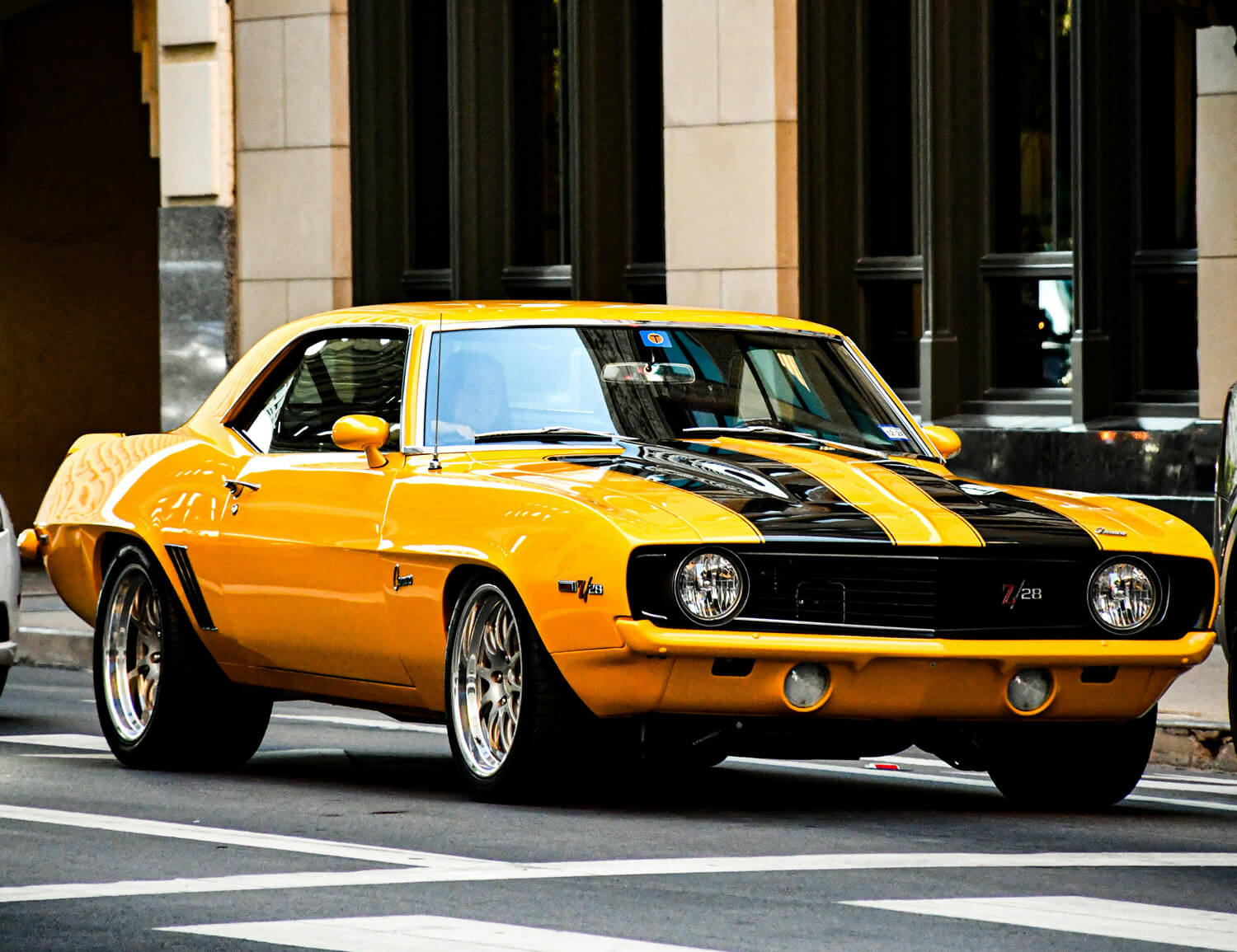
A Threat to History on Wheels:
Why Mandatory Modifications to Vintage Cars Could Be Devastating
Imagine the polished chrome of a 1940s Ford Deluxe, the stunning curves of a 1957 Chevrolet Bel Air, or the quirky charm of a Volkswagen Type 2 camper, famous for its fold-out bed—a mobile home before anyone thought to call it that. Now, picture these beauties gutted, altered, or even worse, scrapped, because of a new law demanding they be modified to meet modern safety standards. It’s not just a hypothetical situation; proposals like New Hampshire’s House Bill 326-FN, which would require retrofitting antique vehicles with seatbelts or limiting their use, could set a dangerous precedent. And if it happened in New York, home to countless car shows and enthusiasts, it would spell disaster for classic car culture.
For car lovers, vintage vehicles are far more than transportation—they’re time capsules, each one telling a story about a bygone era. The idea of taking a vehicle like a 1936 Ford Coupe, with its art deco-inspired grille and swooping fenders, and altering its original design feels like tearing pages out of a history book. These cars weren’t just built—they were crafted. The materials, the design, and the engineering all reflect the spirit of their times. How can we justify modifying that history to comply with regulations designed for vehicles built in a completely different context?
Take the iconic 1949 Ford Custom—a car that helped launch the post-war era of American design. It wasn’t just a vehicle; it was a status symbol. Or consider the Volkswagen Beetle, a car so simple and functional that it became a global icon, loved for its reliability and affordability. Then there’s the Chrysler Airflow, a car that dared to innovate with aerodynamics in the 1930s, paving the way for modern car design.
These cars weren’t about mass-market uniformity; they were about individuality, creativity, and ambition. Even quirky models like the 1955 Nash Rambler Cross Country, which folded out to become a traveling bed, captured the imagination of a generation seeking freedom and adventure.
Car shows are where these marvels come alive again. From the glistening black lacquer of a Packard Twelve to the fiery reds of a 1965 Mustang Fastback, car enthusiasts and collectors come together to celebrate history. These events are living museums where the engines roar, the stories flow, and the nostalgia feels almost tangible. They offer a rare chance to step back in time and appreciate the craftsmanship, innovation, and cultural significance of vehicles that shaped America.
Imagine what would happen if laws forced these cars off the roads, or worse, mandated irreversible modifications.
How could we possibly preserve their integrity and authenticity? Would a Model T Ford fitted with modern seatbelts still be a Model T? Or would it become a shadow of its former self, its history altered forever? Homes listed on historic registries are protected precisely because they represent the culture and architecture of their time. These protections ensure that modifications are minimal and respectful of the building’s original character. So why shouldn’t cars—arguably just as important to American history—receive the same respect?
The automobile was one of the 20th century’s greatest cultural and industrial achievements. It redefined how we lived, worked, and connected. Cars like the 1953 Corvette, the 1964 Pontiac GTO, or even the humble Ford F-100 pickup truck are woven into the fabric of our collective memory. To alter them under the guise of safety regulations is to erase part of that memory.The nightmare scenario? Imagine those cars being scrapped because their owners couldn’t afford to retrofit them with modern safety features, or because driving them became so restricted that maintaining them was no longer worth it. Rows of classic cars, crushed into twisted metal at salvage yards, their stories lost forever. A 1969 Camaro SS, a 1940 Buick Special, or a 1925 Duesenberg Model A—gone, all because we failed to respect and protect their historical value.
What’s next—will we paint over murals in historic buildings to match modern tastes? Replace original windows with vinyl in a Frank Lloyd Wright home? The thought is absurd, yet the same logic is being applied to vintage cars.
Vintage cars deserve protection, not just because they’re beautiful but because they’re important. They remind us of where we’ve been, how far we’ve come, and what we’ve achieved. Forcing modifications on these vehicles strips them of their authenticity and reduces them to mere objects, devoid of their historical context.
New York, with its thriving classic car culture and annual car shows, could face a devastating blow if similar legislation were proposed. The vibrant community of collectors and restorers would be forced to either alter their vehicles or risk losing them entirely. It’s not just about cars—it’s about preserving history and ensuring future generations can experience the wonder of these rolling masterpieces. For car enthusiasts, these aren’t just vehicles—they’re works of art, pieces of history, and symbols of a time when innovation and design knew no bounds. Let’s honor that history, not legislate it out of existence. Protect the classics. Protect the past. Let them drive.
